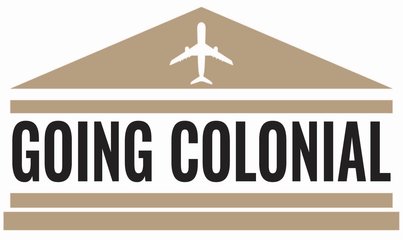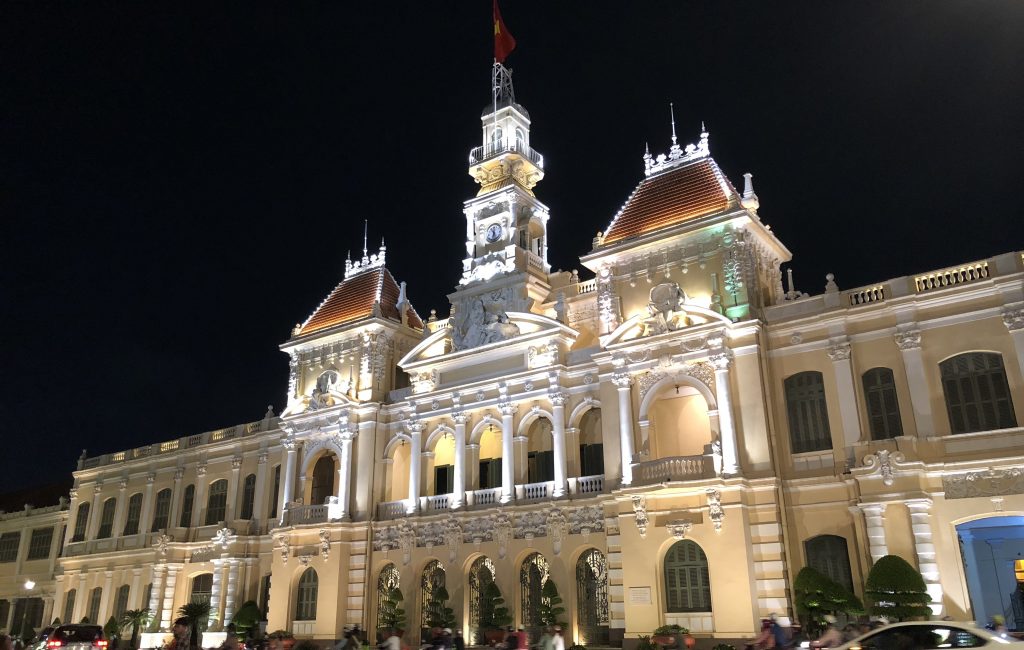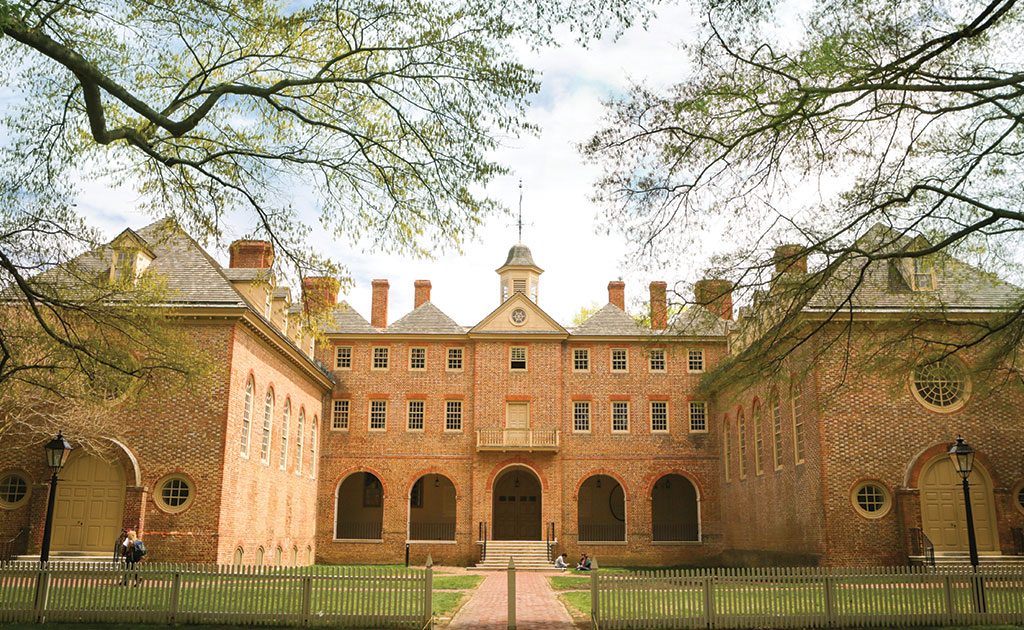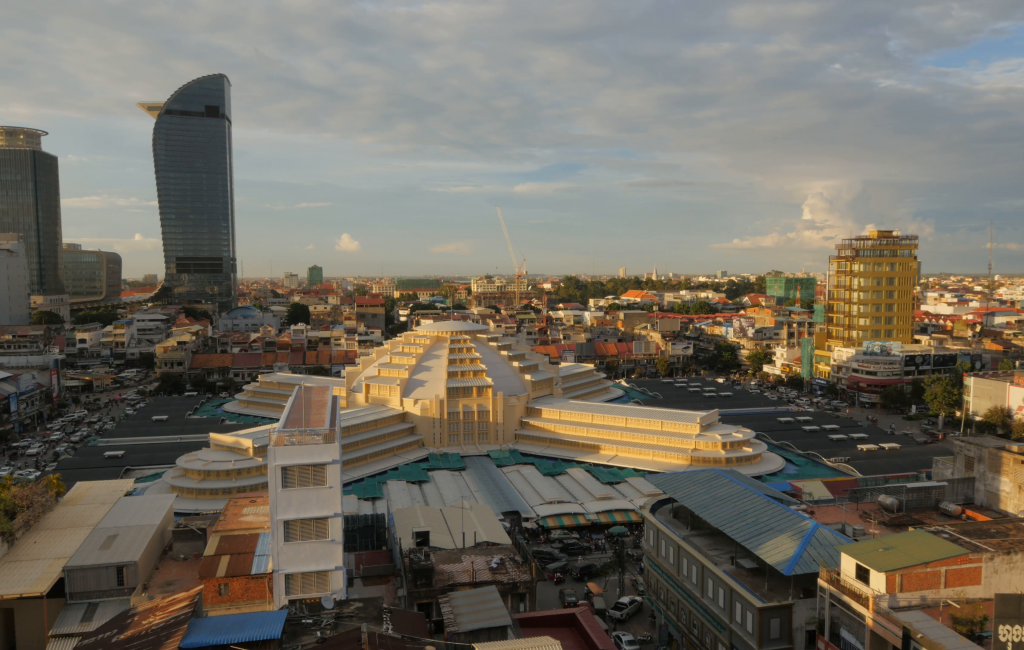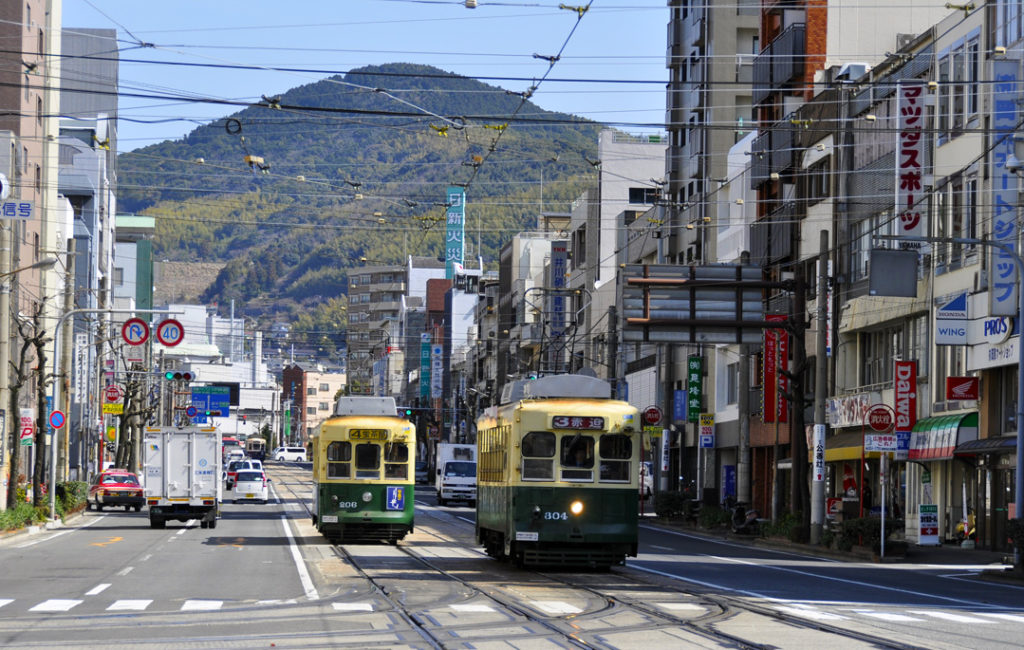
Nagasaki Travel Tips: Exploring the Most
Multicultural City in Japan
Nagasaki is one of the most important places in all of Asia, due to its Western influence in one of the most secretive countries in the world at that time, as this port city had been the only place foreigners could conduct trade with the Japanese for over 200 years. It’s a lovely city that holds a combination of an old town feel and contemporary modernity, with many historically significant sites to explore.
Start your trip to Nagasaki from Fukuoka, the largest city in Kyushu, which has access to multiple direct flights from most big cities in Northeast Asia. One of the best deals in Japan is a Northern Kyushu Railway Pass. You can buy this at Hakata Station in Fukuoka for 8500Y (75 USD) for a 3-day pass or 10,000Y (90 USD) for a 5-day pass (recommended) and take the train to Nagasaki. The railway pass allows riding on the trains in the Northern Kyushu designated area including the Shinkansen to Kumamoto and train out to Beppu.
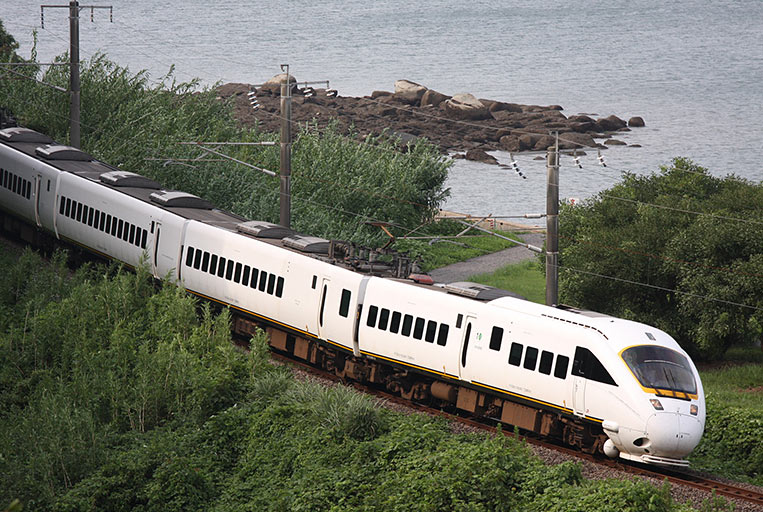
Once you get settled into your accommodations in the city, take a stroll to Dejima, which should be the first stop on your first day touring Nagasaki. If there was one place you’d expect colonial architecture to be in Japan, it’s Dejima specifically, as it’s the only area that Europeans could live and trade at in the country until the mid 1800s.
Dejima is only about 3 acres in size, and is of Japanese and Dutch influence. The 700Y (6 USD) entrance fee is well worth it for the exploration of the whole area, as you’re able to see what daily life was like in Dejima with living arrangements and work areas, along with the impact the Europeans had on the advancement of the Japanese. A huge Dejima reconstruction project began in the 1990s to turn it into a world class historical experience, while holding true to its original size and design from the 18th century.
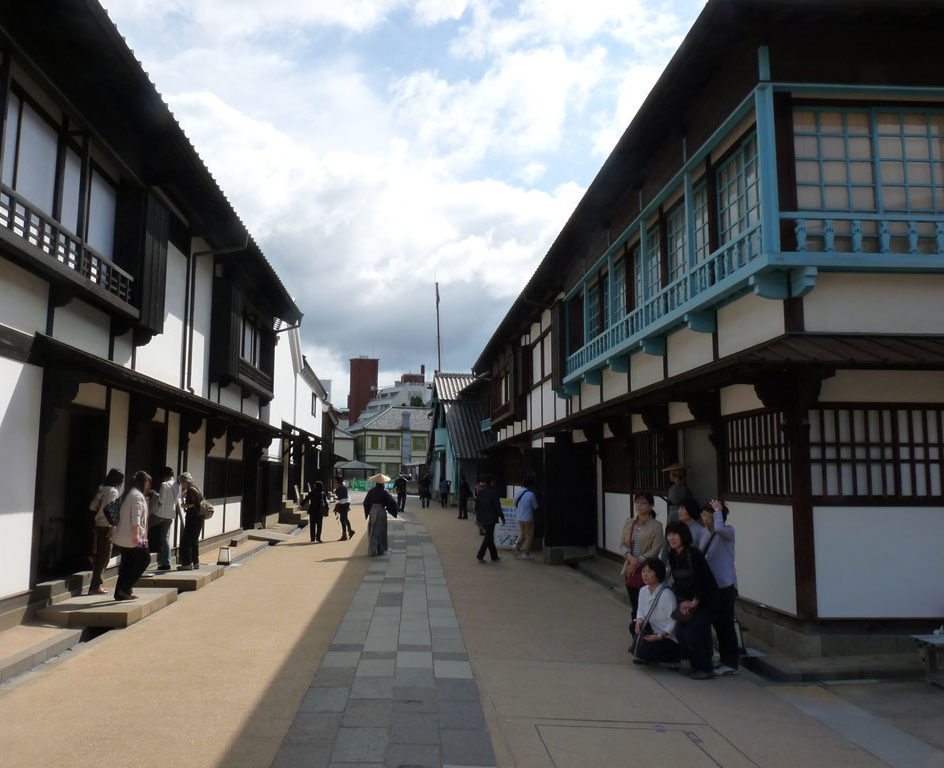
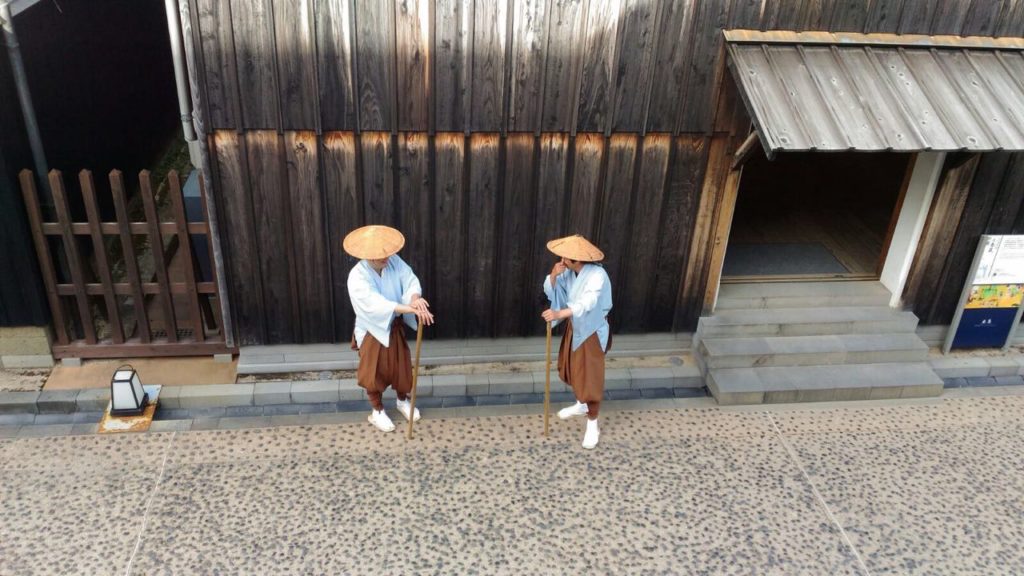
Exit Dejima, and wander along and admire one of the beautiful canals in the city. You can walk up to the oldest stone bridge in Japan dating back to 1634, Megane Bridge. It’s called ‘Megane (Spectacles) Bridge’ for a reason – see if you can spot it. Then, make your way down through the heart of Chinatown to Oranda Street, where you’ll follow this road all the way to Glover Hill.
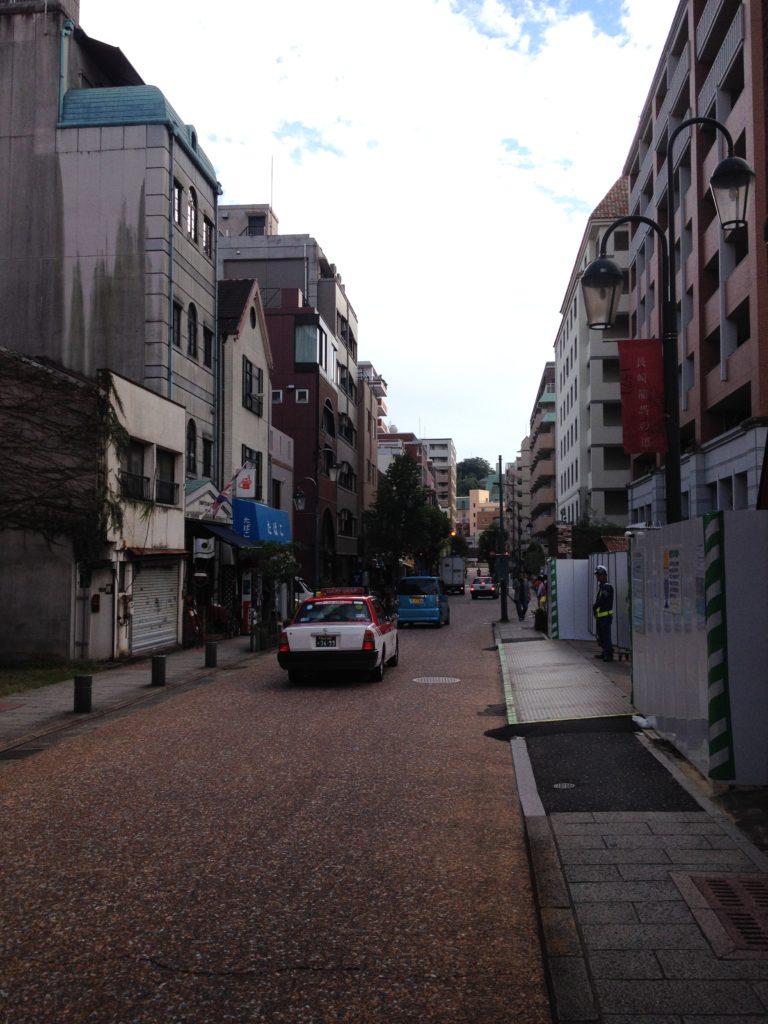
Wandering around the quaint streets of Nagasaki, observing the modern-historical juxtaposition in the city, is one of the best things to do. Take the steps up to Oura Church to get a feel for a European cathedral in southern Japan. This Gothic revival structure is the oldest foreign church still standing in Japan. Admission fees are 300Y (3 USD) for the church and its seminary and residence.
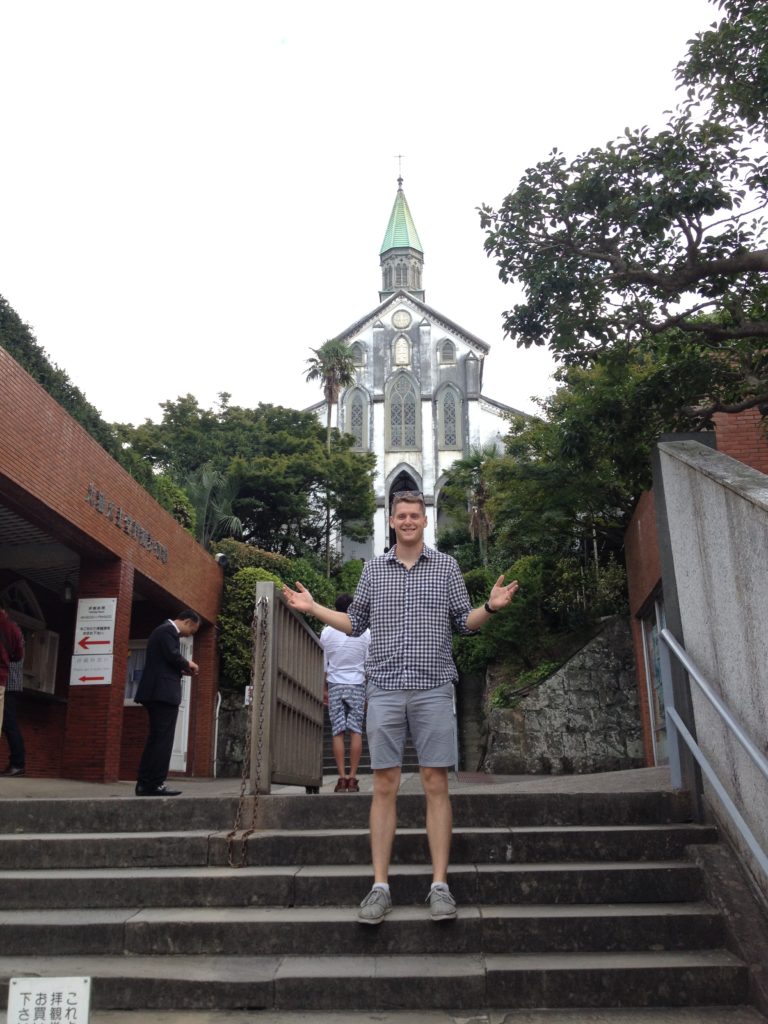
Continue up Glover Road, and find the entrance to Glover Garden, where you’ll find the Glover House. That feels like a lot of ‘Glovers’ there. The Glover House was built by a British trader in the late 1800s, who founded the precursor to what is known today as Kirin Brewery, while also contributing to other areas of commerce. Admission fees are 600Y (5 USD), and the garden’s beauty and spectacular views of Nagasaki Harbor make this a must visit. You’ll also find the Former Alt House and Former Ringer House, each unique in their own right.
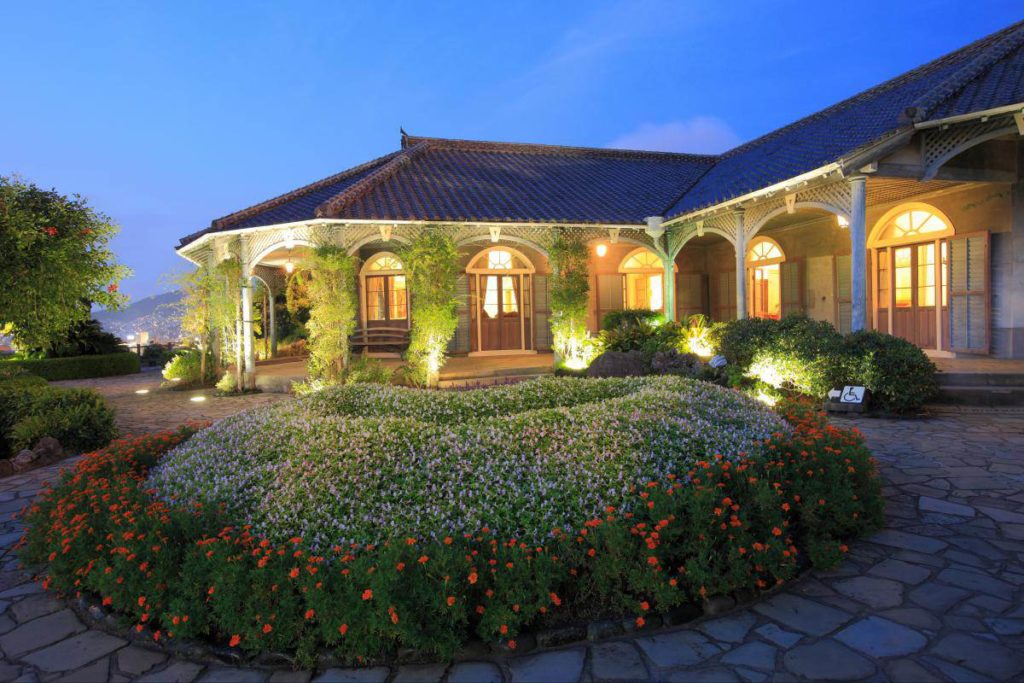
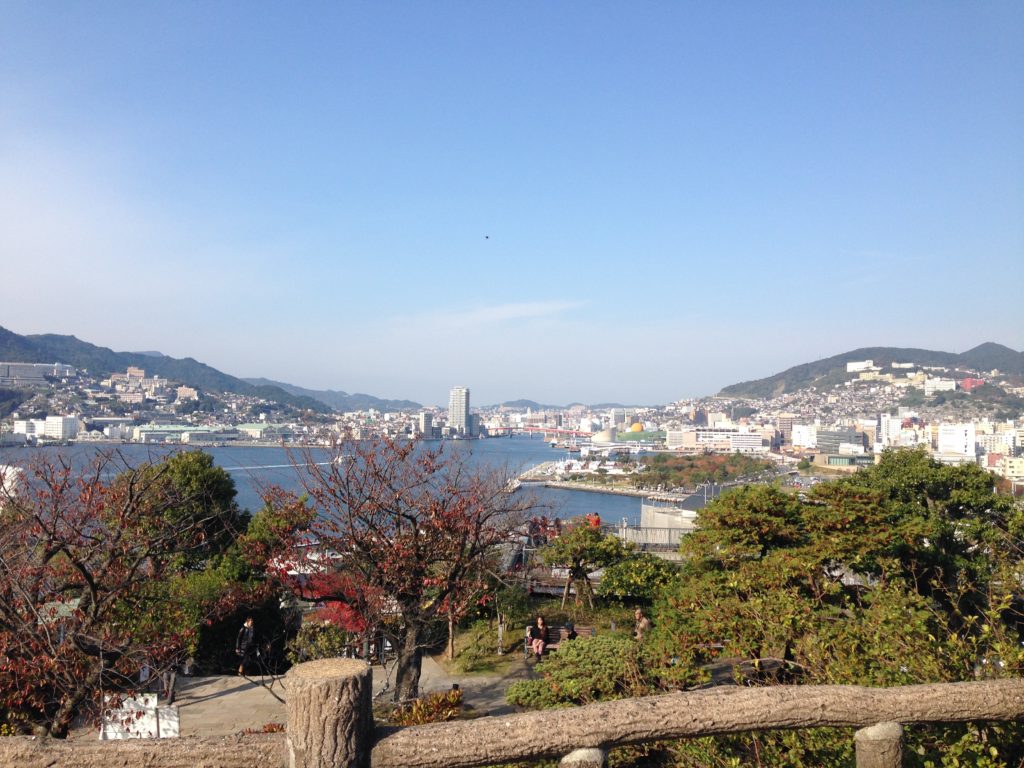
Take the tram from Ouratenshudo-shita up to Hamaguchi-Machi where you’ll visit the Atomic Bomb Memorial Museum, but don’t forget to grab a transfer ticket and get off at Tsuki-Machi. It costs 120Y (1 USD) for one ride to go anywhere on the tram.
After the Atomic Bomb Memorial Museum walk up to Peace Park. This Park commemorates the victims of the atomic bomb, and it’s a powerful monument and tribute to those who perished. It’s a continued feeling of sorrowness walking into the park, but you leave with immense hope that this will never happen again as you become more aware of why this park and memorial were constructed.
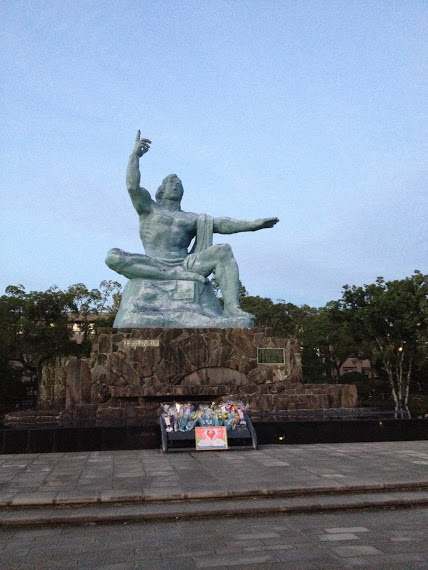
Catch one of Japan’s three most incredible night views at Mount Inasa as you head back to Nagasaki Station, and take a bus to Inasayama Station. It’s a 15 minute ride, costing 150Y (1 USD), and will take an extra 15 minute walk to the viewing spot.
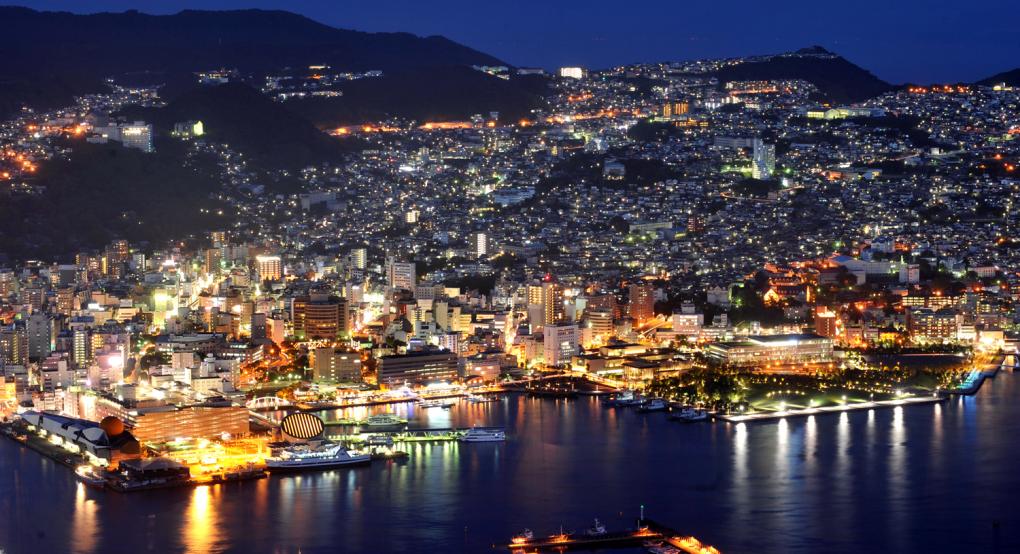
Before heading out to Gunkanjima, visit the 26 Martyrs Monument and the Nagasaki Museum of History and Culture. The museum is an excellent reconstruction of a Japanese style castle compound, and holds over 50,000 items which display Japanese culture as well as Nagasaki’s multicultural heritage. The site honoring the 26 martyrs is well done and must be visited especially if you are interested in the ‘Krishitan’ story of Japan. Admission to the museum is 600Y (5 USD) and free for the monument.
The tours of Gunkanjima are approximately 3 hours roundtrip and cost about 4000Y (35 USD) Gunkajima, departing from Ohato Terminal. Once the most densely populated area in the world, this now abandoned island was the inspiration for the villain’s island in Skyfall. Eerie. If you get motion sickness easily like me, you can visit the Gunkanjima Digital Museum and see what life was like on the island without actually taking the rough ferry ride there.
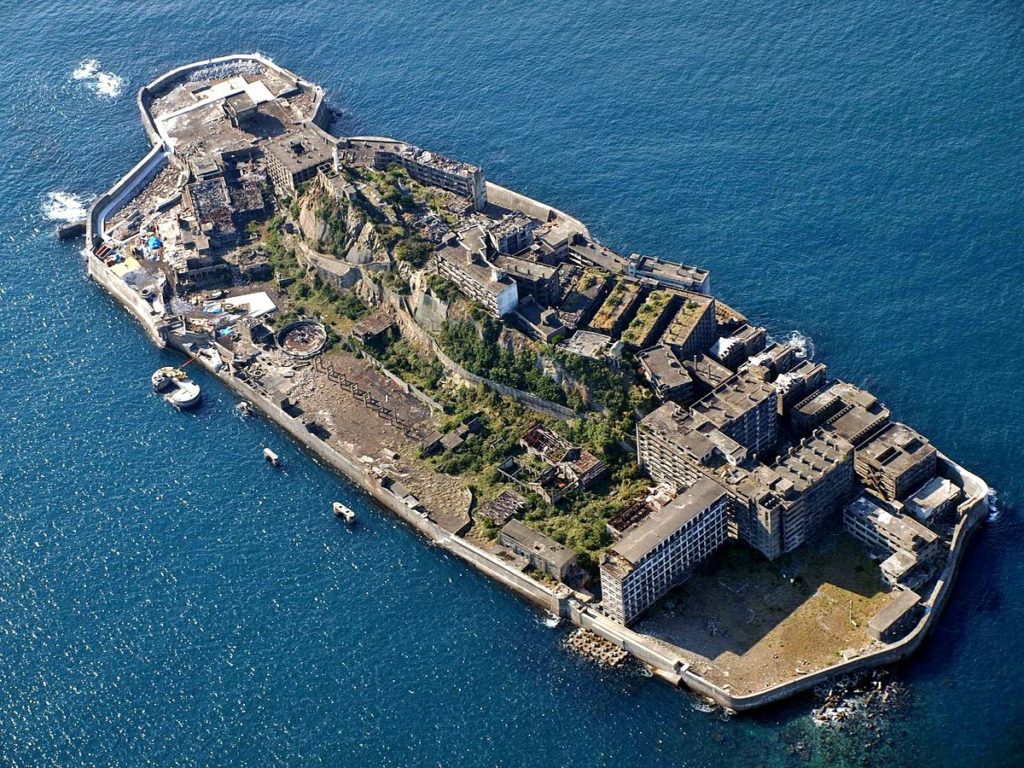
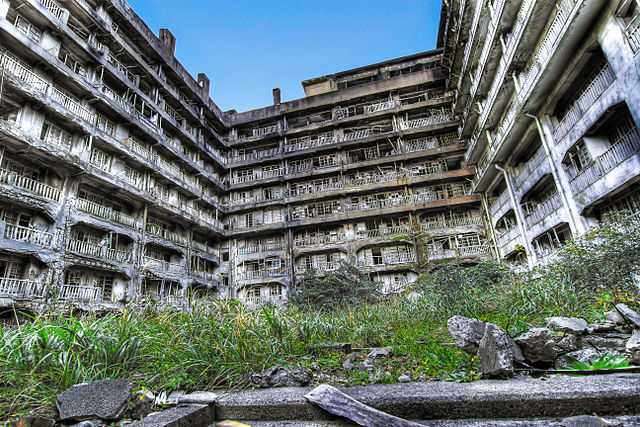
Other recommended places to visit:
Suwa Shrine
Urakami Cathedral
Nagasaki Prefectural Art Museum
Oka Masaharu Memorial Nagasaki Peace Museum
Huis Ten Bosch
Dutch Slope
Grab a bite:
Shikairo – The quintessential place for Champon. $$.
Izumiya – 160 year old restaurant with amazing seafood. $$$.
Shirokiya – Great Japanese place next to Nagasaki station. $$.
三笠 – Great Izakaya stop nearby Dejima and Ohata port. $$.
ティア 長崎銅座店 (TIA) – Cozy restaurant to stop at after Dejima. $$.
Have a pint:
Bar IWI – Friendliest bar in Nagasaki, to be expected from a Kiwi owner.
Agio Bar & Cafe – Relaxed lounge for a drink or two.
Crazy Horse – Lively atmosphere with good drinks and live music.
Bar R-10 – Great location to spend the evening on the waterfront.
Stay the night:
Budget: Hostel Casa Noda – Just cannot beat the location. Free breakfast and a possibility for an ocean view. Considered the number 1 hostel in Nagasaki. Average price: $20 USD/night for a dorm room.
Mid-range: Hotel Belleview – Another fantastic location. Walking distance from Nagasaki station, and most of the best things to do. Average price – $80 USD/night.
High-end: Setre Glover’s House – Located close to Glover’s Garden and Oura Cathedral, this makes for a great base for exploring Nagasaki. Great views of Nagasaki harbor too. Average price – $200 USD/night.
Enjoy Nagasaki and all that it has to offer! If you think I missed something or found this super helpful, let me know in the comments!
Map:
Latest posts by Doug Chesney (see all)
- 48 Hours in Ho Chi Minh City, Vietnam - November 9, 2018
- The Nine Colonial Colleges - October 3, 2018
- Top 10 Colonial Buildings in Phnom Penh - September 12, 2018
